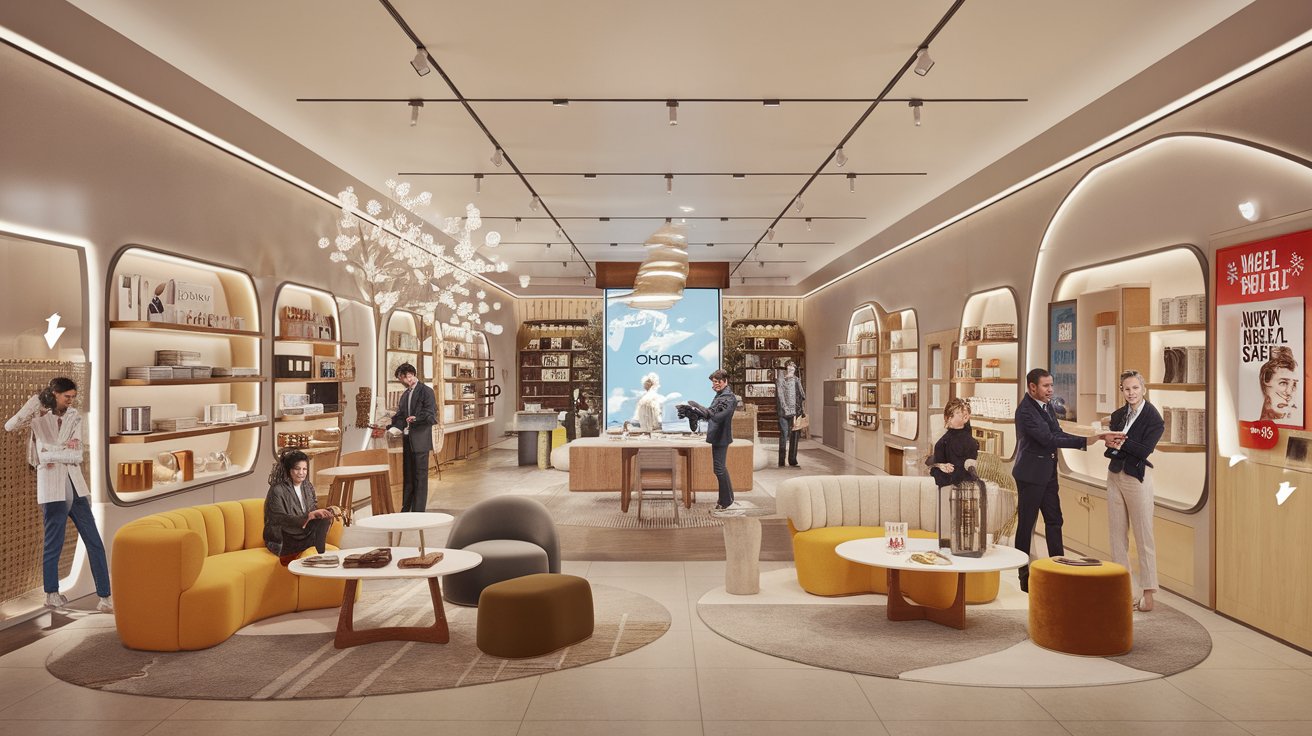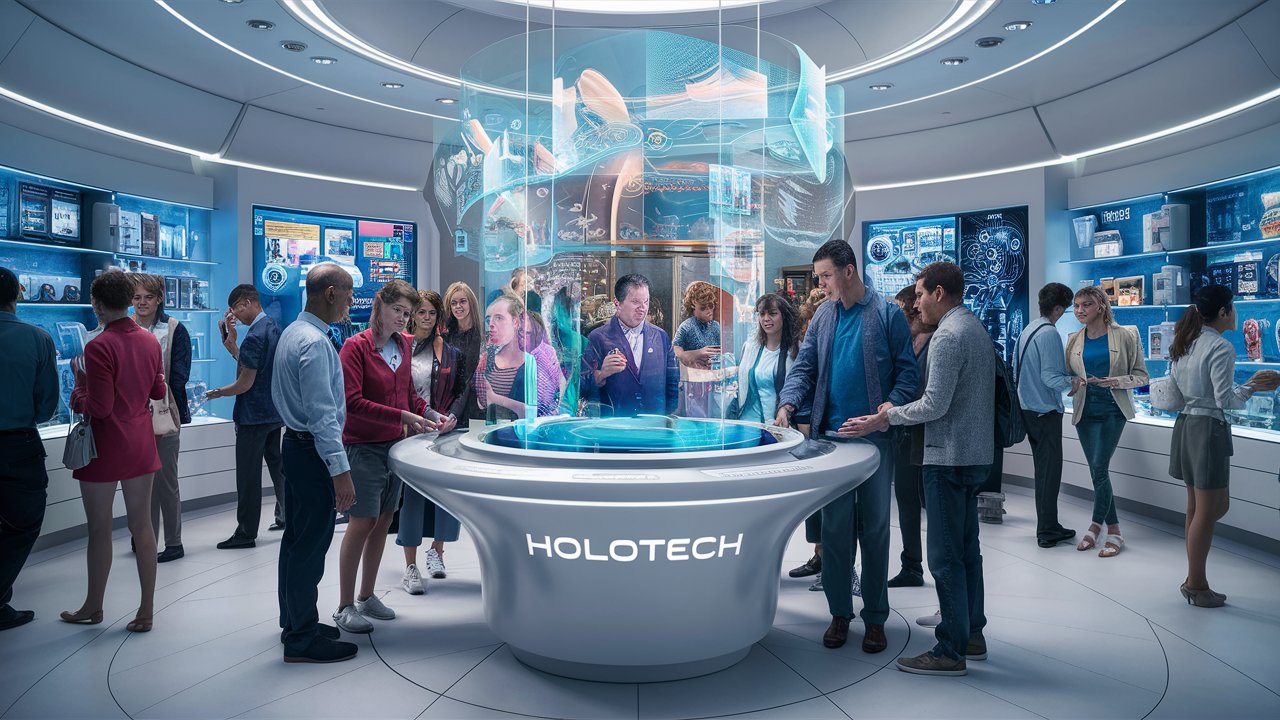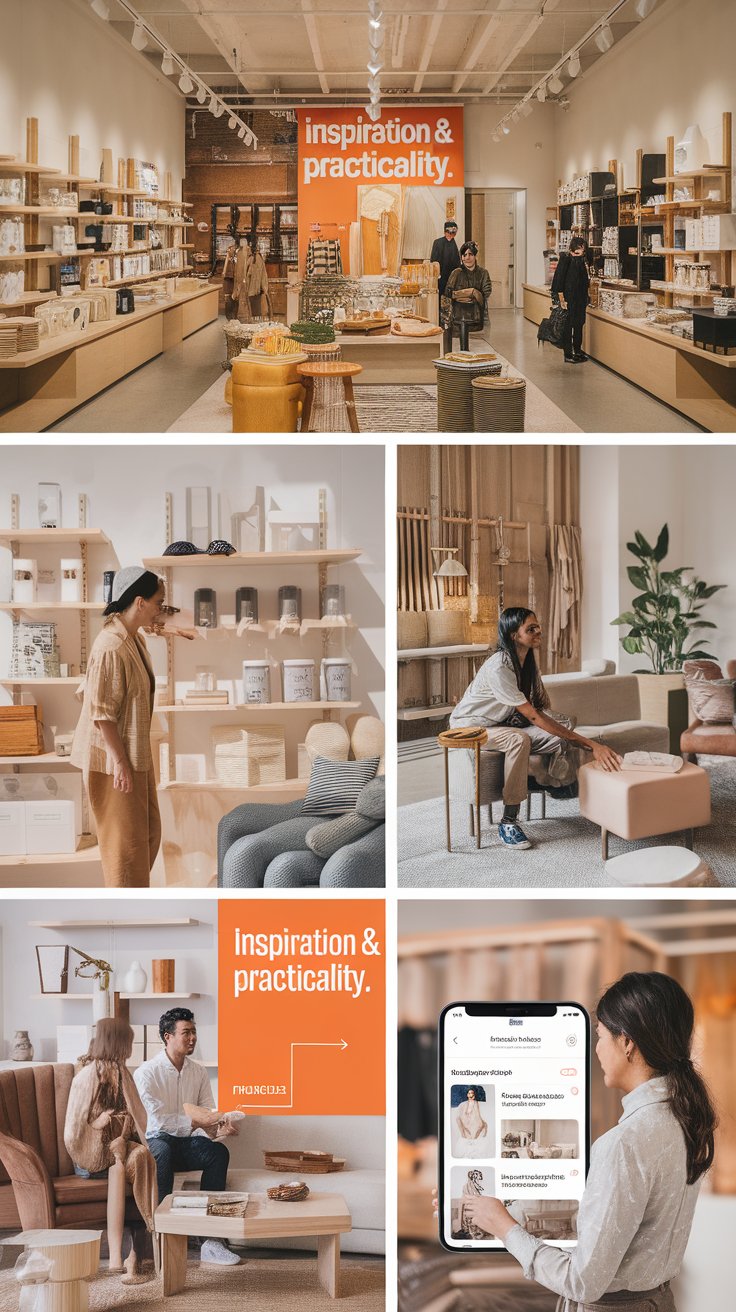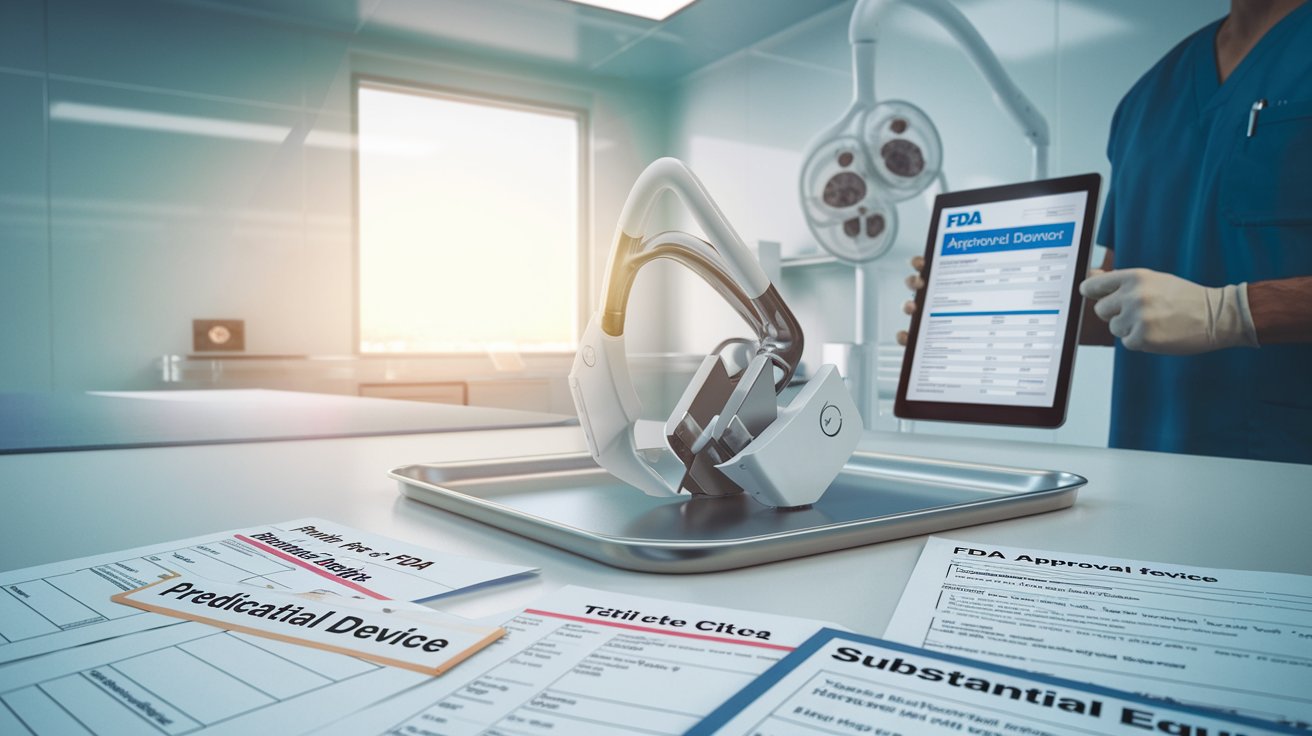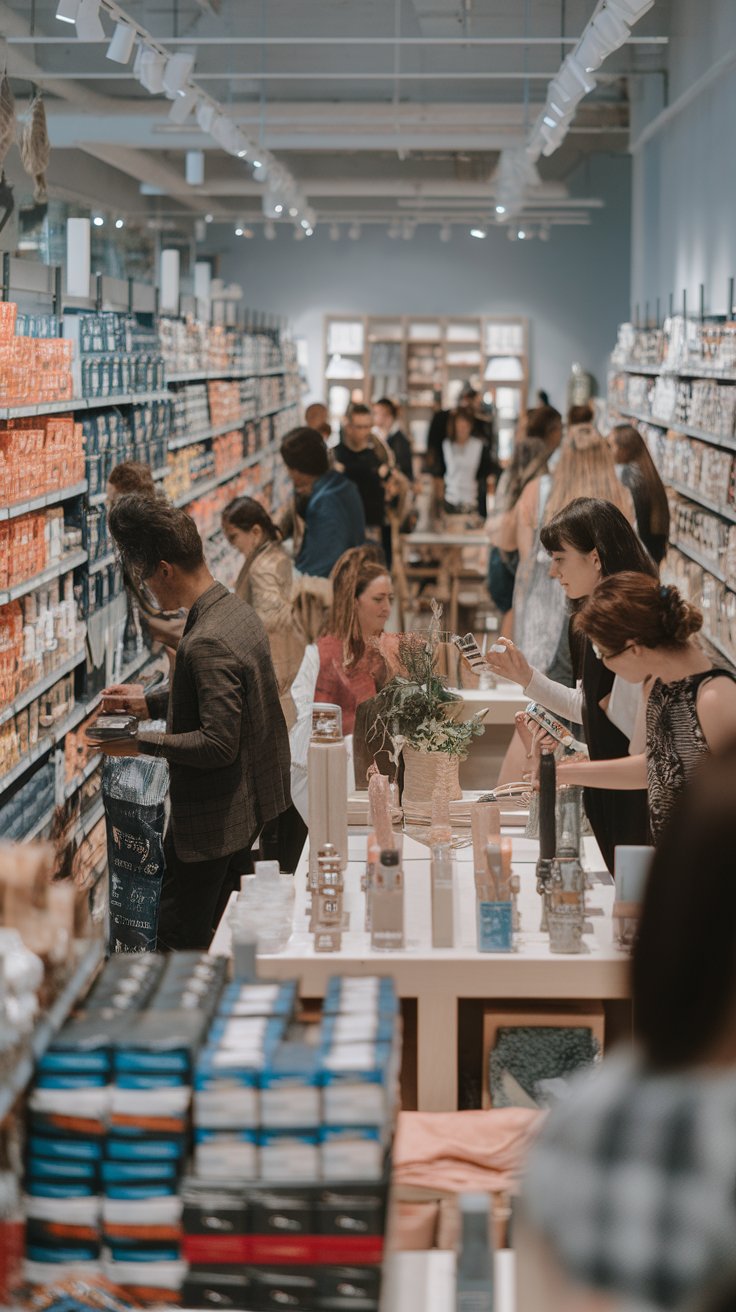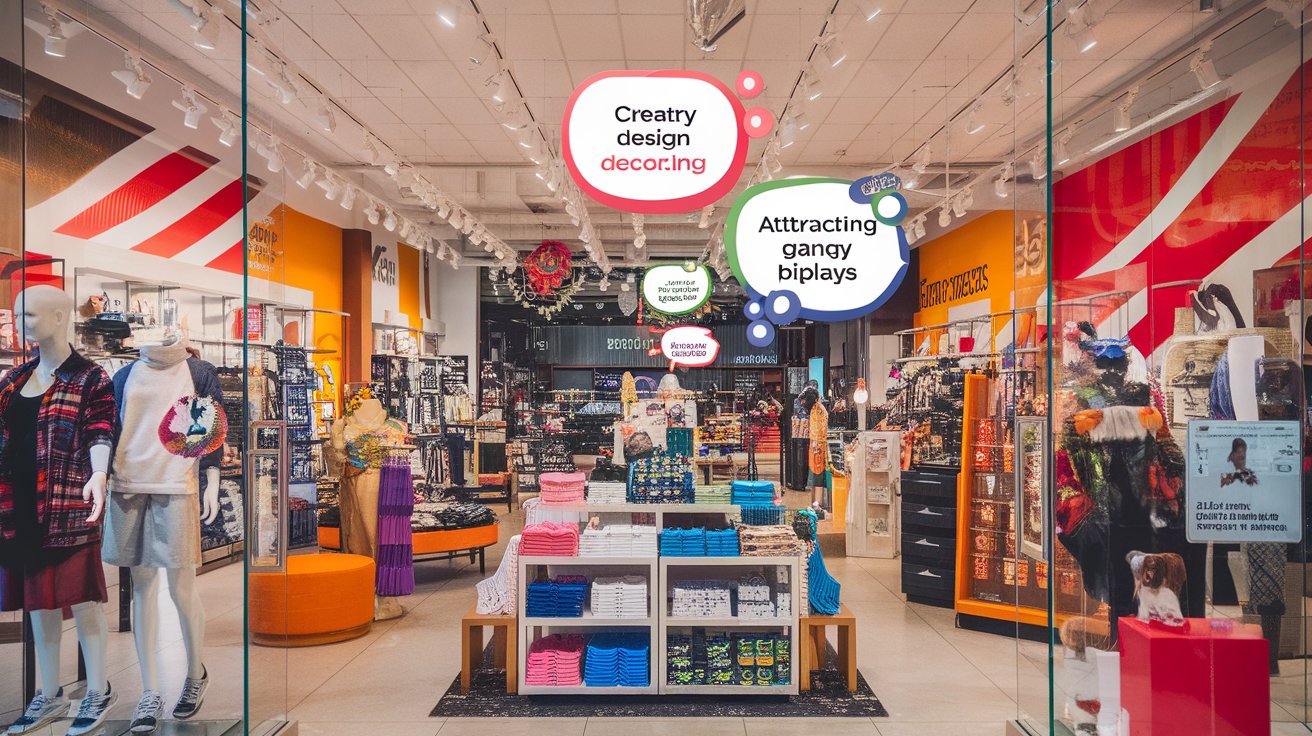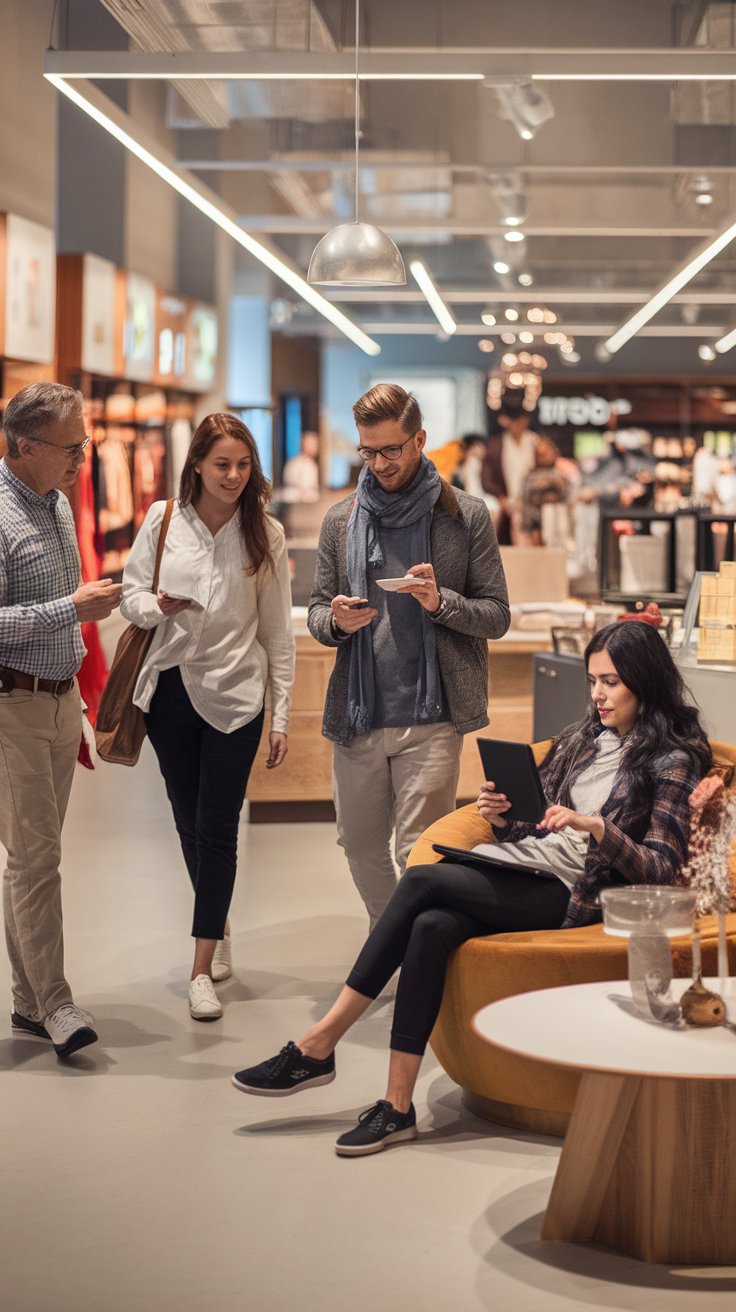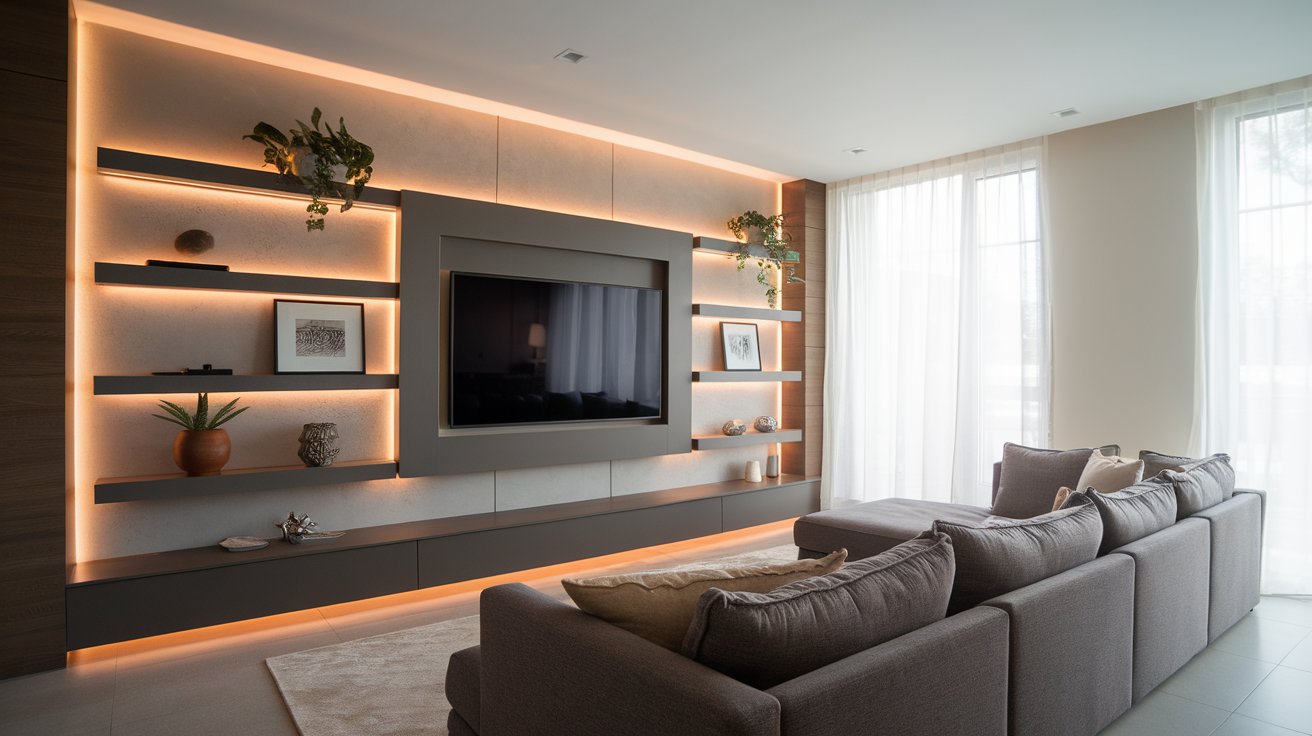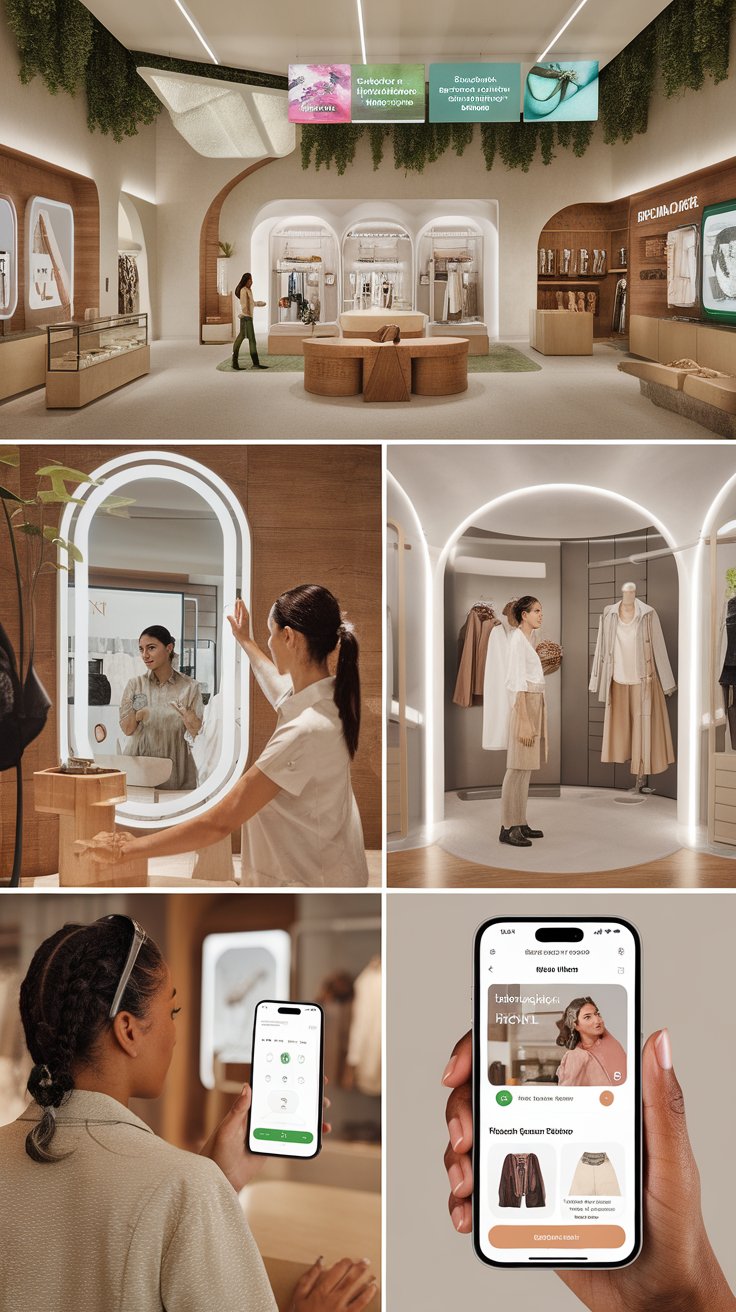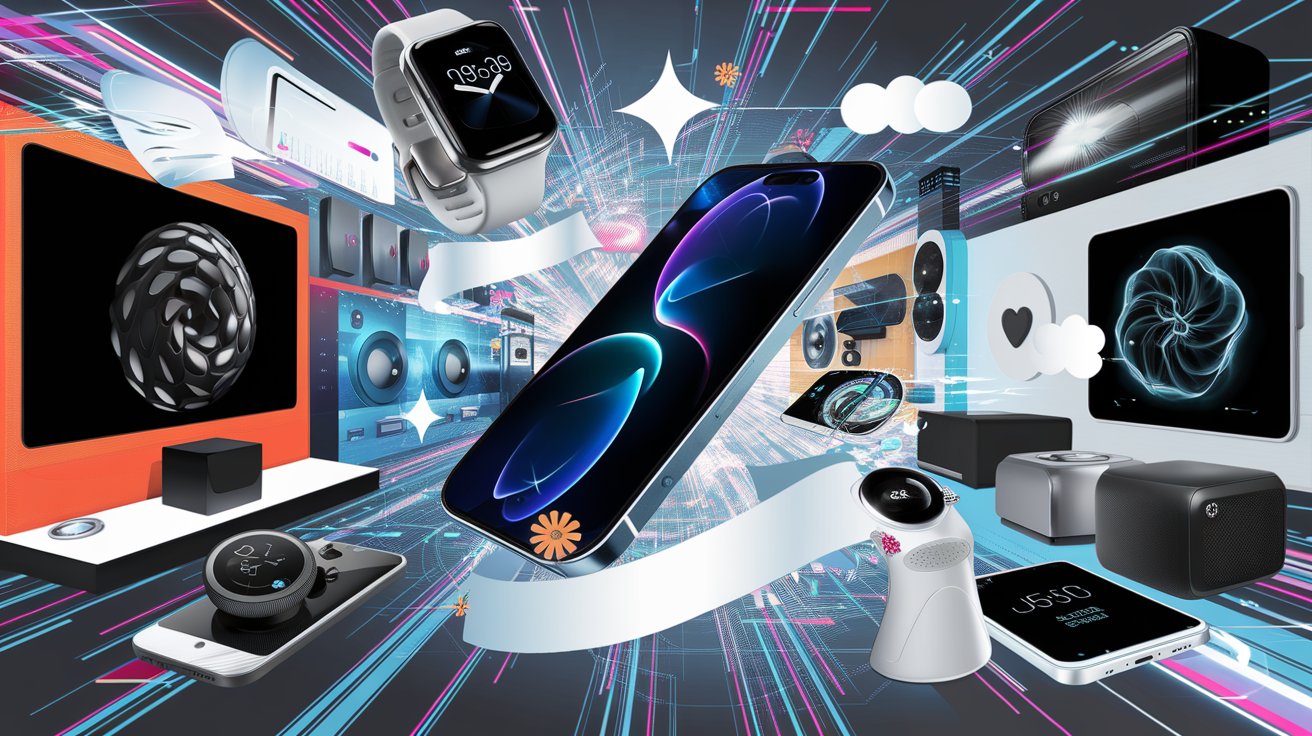Introduction
Shopping has transformed into a multisensory journey, with customers expecting faster service, personal connections, and convenience at every corner. As digital platforms grow, brick-and-mortar retailers are embracing new ways to maintain relevance. These efforts center on forging emotional and cognitive links that keep customers returning, whether they walk into a store or engage online. By nurturing human connections, brands stay memorable and encourage ongoing loyalty.
One of the most important developments involves the growing popularity of concept stores. Rather than simply boosting sales, these curated environments place a high value on experiences. Through creative design, interactive events, and personal guidance, concept stores unify imagination and practicality, enabling visitors to plan purchases more thoroughly. They also encourage social engagement, from community gatherings to unique product showcases worldwide. This open approach helps redefine our view of shopping, making it less of a transaction and more of a meaningful encounter for modern consumers.
Key Takeaways
- A well-designed store layout promotes smooth traffic flow and triggers impulsive purchases.
- Self-checkout kiosks enhance convenience by reducing wait times and offering more control.
- In-store events encourage community engagement and reinforce brand loyalty.
- Online personalization leverages customer data for customized product recommendations.
- Prompt support via chatbots or live agents eases frustrations during the shopping journey.
- Concept stores combine imaginative displays with a relaxed atmosphere to inspire planning.
Introducing Concept Stores
Concept stores are totally changing the way we shop, mixing culture with retail vibes. Places like Dover Street Market and 10 Corso Como are all about showcasing cool new brands, from Comme des Garçons to Carla Sozzani, making you feel like you’re walking through an art exhibit.
These upscale spots, like L’Eclaireur and Colette, have a design that’s all about cutting-edge style, often including neat extras like a bookstore, a flower shop, or a café. They want you to feel like you’re stepping into a lifestyle magazine.
With art displays and events that amp up the shopping experience, flagship stores like Conran Shop and Garbstore sell clothes but also feature carefully chosen items that represent a certain way of living. Plus, 10 Corso Como’s partnership with food really takes the whole shopping thing to the next level, turning it into a place where art and shopping collide.
Definition and Overview
Concept stores stray from traditional models by focusing on convenience, inspiration, and a low-pressure approach. They typically highlight curated merchandise, making it easier for customers to visualize real-life applications and plan purchases effectively.
Benefits of Subtle Design
Through clever use of layouts, lighting, and product groupings, these stores stimulate a feeling of comfort that encourages visitors to wander. This approach helps them find unexpected solutions while cultivating a sense of belonging and trust in the brand.
Key Steps for Building a Memorable Concept Store
1. Define a Clear Purpose
Every successful concept store starts with a core vision that guides design decisions. Establishing this early gives shoppers a clear understanding of what sets the space apart.
2. Emphasize Sensory Engagement
From lighting and music to interactive displays, tapping into the senses keeps visitors immersed in the store’s atmosphere. Subtle details can leave a lasting impression.
Concept Stores vs. Traditional Retail
Concept stores like 10 Corso Como and l’eclaireur are totally shaking up the retail scene by mixing culture with shopping. Unlike your regular stores, these places have a handpicked collection of items that vibe with a certain lifestyle, giving shoppers an experience that’s much more engaging.
On the flip side, traditional flagship stores usually stick to the basics, just selling clothes or random stuff like a typical department store. Comme des Garçons and Rei Kawakubo really get this whole concept store thing, as they carefully choose what to sell, changing it up like an art gallery.
Stores like the Conran Shop, Couverture, and Garbstore are all about that lifestyle vibe, where the product selection isn’t just about making sales but creating a whole experience. This fresh approach stands out big time compared to the usual static shops you find in Milan.
Collaborative Atmosphere
In these stores, staff members engage with customers in a relaxed way, offering guidance without forcing a sale. The result is a feeling of teamwork, turning the shopping journey into a conversation instead of a strict purchase process.
Task-Oriented Shoppers
Many visitors come with specific needs in mind, such as planning a room makeover. While they remain focused on their tasks, the open layout and curated products spark creativity, often leading to new ideas they might not have considered otherwise.
Case Study: IKEA City Shop in Manhattan
The IKEA City Shop in Manhattan is a prime illustration of how a well-known brand adapts the concept store model to compete with large, traditional outlets. This smaller-format location places convenience at the forefront, offering curated displays that capture the iconic IKEA style in a more compact setting. By positioning the shop in the heart of the city, IKEA caters to busy urban shoppers who need quick yet meaningful inspiration. Visitors can interact with room setups that focus on practicality, discover space-saving solutions, and talk with staff who understand city living challenges.
This approach contrasts with the usual out-of-town IKEA warehouses, which demand extended travel and time commitments. Instead of overwhelming customers with a massive product range, the City Shop highlights select items tailored for apartment living. This shift not only preserves the brand’s identity but also nurtures a greater sense of connection. Shoppers appreciate seeing how IKEA adapts its trademark style for urban life, reinforcing the brand’s relevance to a broader audience.
The Impact on Consumer Behavior
You gotta check out these concept stores that totally blend culture with shopping! It’s like stepping into an art show where every spot is a cool setup. From flower shops to bookstores, they’ve got a rad mix of stuff for sale.
These places really know how to design a store, making shopping feel like flipping through a stylish magazine. Whether it’s a clothing boutique or a lifestyle shop, the products are always fancy and cutting-edge.
By teaming up with up-and-coming brands and picking out only the best, these stores give off a super exclusive vibe. It’s all about the look and feel, turning each visit into a fresh retail adventure that changes like an art gallery. You definitely don’t want to miss them!
Time-Saving Layout
Visitors often have limited time, so a well-designed interior that guides them through key sections is vital. Easy navigation and clear signage help customers feel accomplished rather than hurried.
Community Connection
Frequent workshops, demonstrations, and discussion sessions amplify the store’s role as a neighborhood hub. This community-driven angle fosters familiarity and lasting relationships between consumers and the brand.
“People don’t buy what you do; they buy why you do it.” — Simon Sinek, Start with Why
Future of Concept Stores in Retail
So, the future of concept stores is looking pretty awesome! They’re not just about selling stuff; they want to create a shopping experience that feels like an adventure. Picture a store that changes up its design like an art gallery, with edgy installations that mix culture and shopping.
These places will show off a handpicked selection of goodies, ranging from fancy food to a chill book nook, plus a little flower shop vibe. It’s like a lifestyle store that feels like flipping through a magazine, making customers feel totally at ease.
With a spotlight on up-and-coming brands and a thoughtful mix of products, these shops will give off an exclusive feel and keep things interesting. Every time you pop in, it’s like checking out a new exhibit, thanks to cool collaborations that amp up the look and feel.
Augmented Reality Integration
By merging digital elements with real-world settings, brands can elevate consumer engagement. This high-tech layer helps customers envision how products fit into their lives without feeling uncertain.
Challenges in Differentiation
As more concept stores emerge, retailers must find fresh angles that set them apart. Whether through partnerships with local artisans or exclusive product launches, originality remains key to captivating ever-discerning shoppers.
Conclusion
Concept stores signify a turning point for retail, replacing transactional models with experiences that spark creativity and thoughtful engagement. By focusing on personalization and community connections, brands can shape brand loyalty through feelings of trust and warmth. This new approach promotes deeper relationships, guiding customers beyond one-time purchases toward sustained interactions. It aligns with shifting consumer preferences that favor convenience, authenticity, and a sense of belonging, ensuring a stronger bond between businesses and their audiences.
Looking ahead, concept stores will likely continue to adapt, introducing new technologies like AR and VR to further enhance customer experiences. Meanwhile, the emphasis on sustainability and values-based retail will deepen, offering brands a chance to resonate with customers who care about ethical practices. By uniting easy-to-access locations, creative presentation, and supportive staff, these stores empower shoppers to plan purchases confidently. Concept stores serve as a promising pathway, blending functionality with warm, human-centered experiences.

